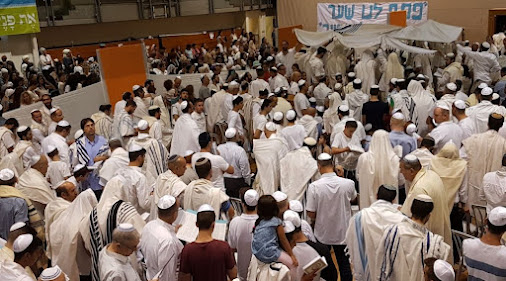I have an idea which could help our church Young Men. It's a little unusual but hear me out.
I will explain first. Economic and social stress is weighing heavily on a lot of people. Part of Zion is getting people more self-sufficient. How can we be self sufficient, really, when the stores are so essential to people? Many people struggle to have a years' supply of food, and other necessities.
What if parents saved money, if possible, only for a one-year local mission for their son? What if the children only did local missions and lived out of the home? Usually there are plenty of people to convert within 10 miles!!
Then later the son finishes the mission, and works for a year, saving more money. Then hopefully land can be bought. Ideally the father could buy 10 acres or more in a small town or suburban-rural, less expensively -- planning to divide that up amongst his children. Then each son (and siblings can help) would build a modest 1 or 2 bedroom home with one of the outer walls constructed so it would be easy to add onto the home later on. Some teens are opting to build a "tiny home" to get experience. Or they could buy a fixer upper home.
A possibility would be to build a 3-bedroom, 2- bath home (exterior part), but only finish inside one bedroom and one bath at a time. After the modest home is built, then the son can go to community college or other training (whatever fits the budget). He has a home ready and that can be a selling point to attract a good girl to him as she will likely be impressed that he has done things to be ready to be a husband and a father.
https://tinyhouseexpedition.com/young-couple-builds-clever-cozy-20k-shipping-container-home/

Can you imagine how it would be if the guy doesn't go into a marriage carrying college debt and won't have to get a 30+ year mortgage? The purpose of the land purchase would be so each child can have a 2-acre lot which hopefully would be sufficient to have large gardens. To feed a large family. The church works hard to get more converts, but sometimes it is just easier to convert and retain converts by raising a good family with more than 2 or 3 children (and those people raise children too a generation later). If the bills are low, the wife can stay home with the children and raise them right. I am not saying that single mothers or married working mothers automatically do a bad job at raising their kids, but in terms of time with the kids, keeping them safe (as mothers generally love or are more attentive towards their children more than teachers or childcare workers do) it is better when there are two good parents and only one of them has to work outside the home.
There are a lot of things socially about public school (from peers or teachers) that is so unsavory. So if a mother or group of mothers are willing to teach the children, they could home school them in a good environment. I understand that things can be different in each family. Some mothers wish they could be at home during the day with their children, but can't.
Anyways, it is time that we re-think how to do things. It's obvious that many Americans are suffering and it's time to do things differently that benefit OUR families. It's not always about the Church and people far far away. The Church has billions and billions of dollars and often, unless you're an immigrant or certain profile which is politically popular (as the media is trying to teach you who to feel sorry for), you won't get much sympathy or help. It's time to help us and stop so many of our precious dollars going to landlords, banks, taxmen, insurance men, and overly wealthy churches. Time to help us and ourselves. Time to prepare for harder times because they are upon us now or soon.










